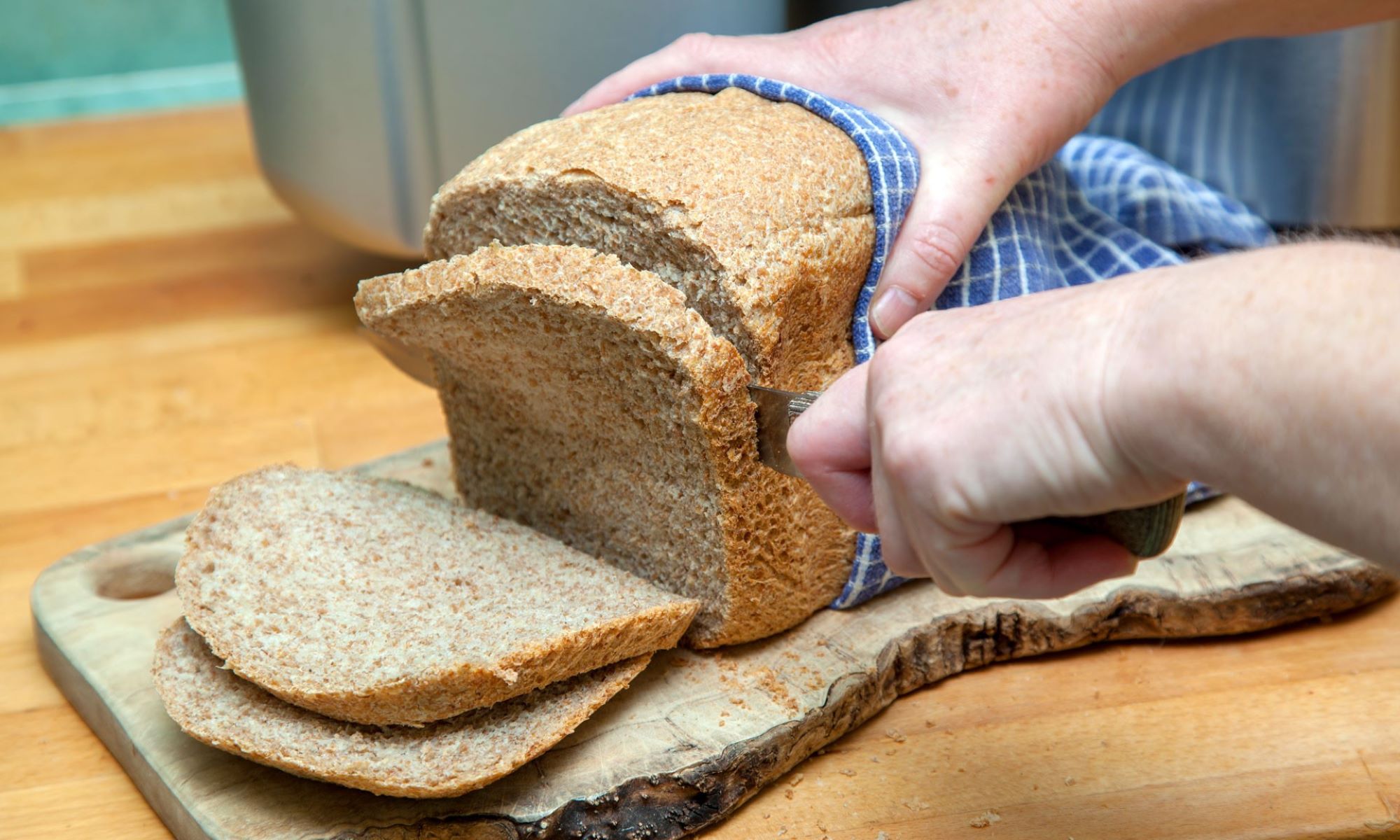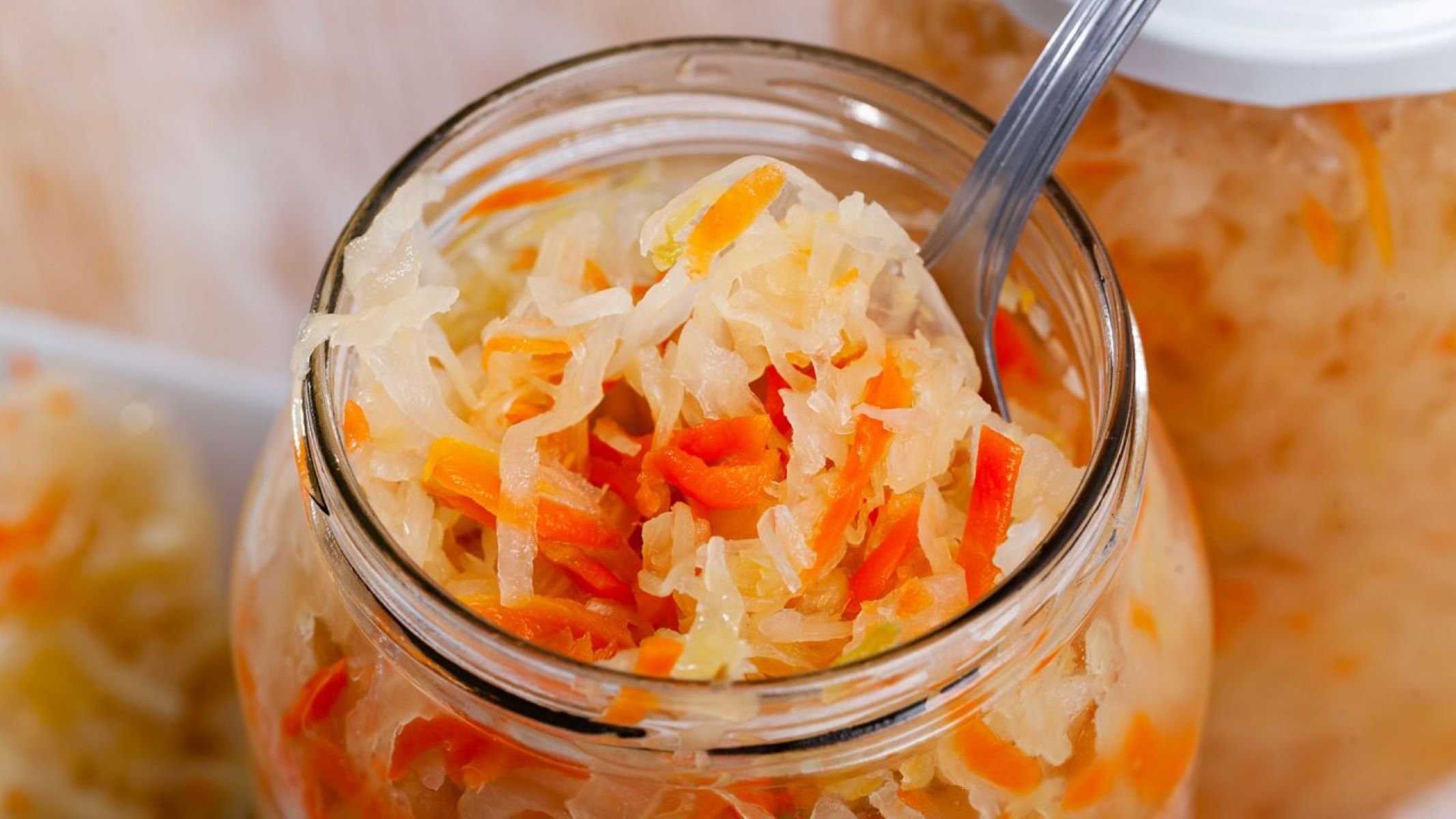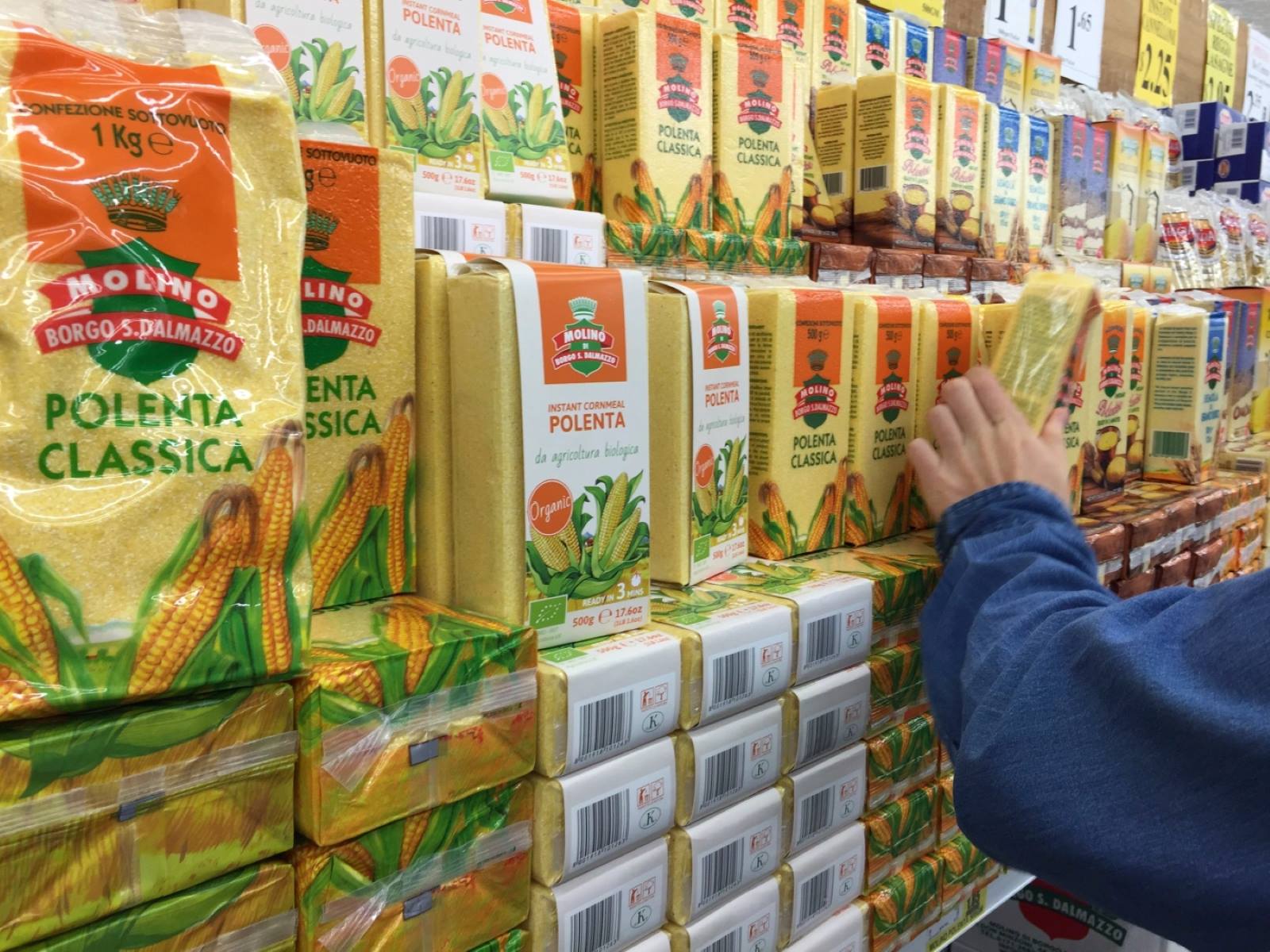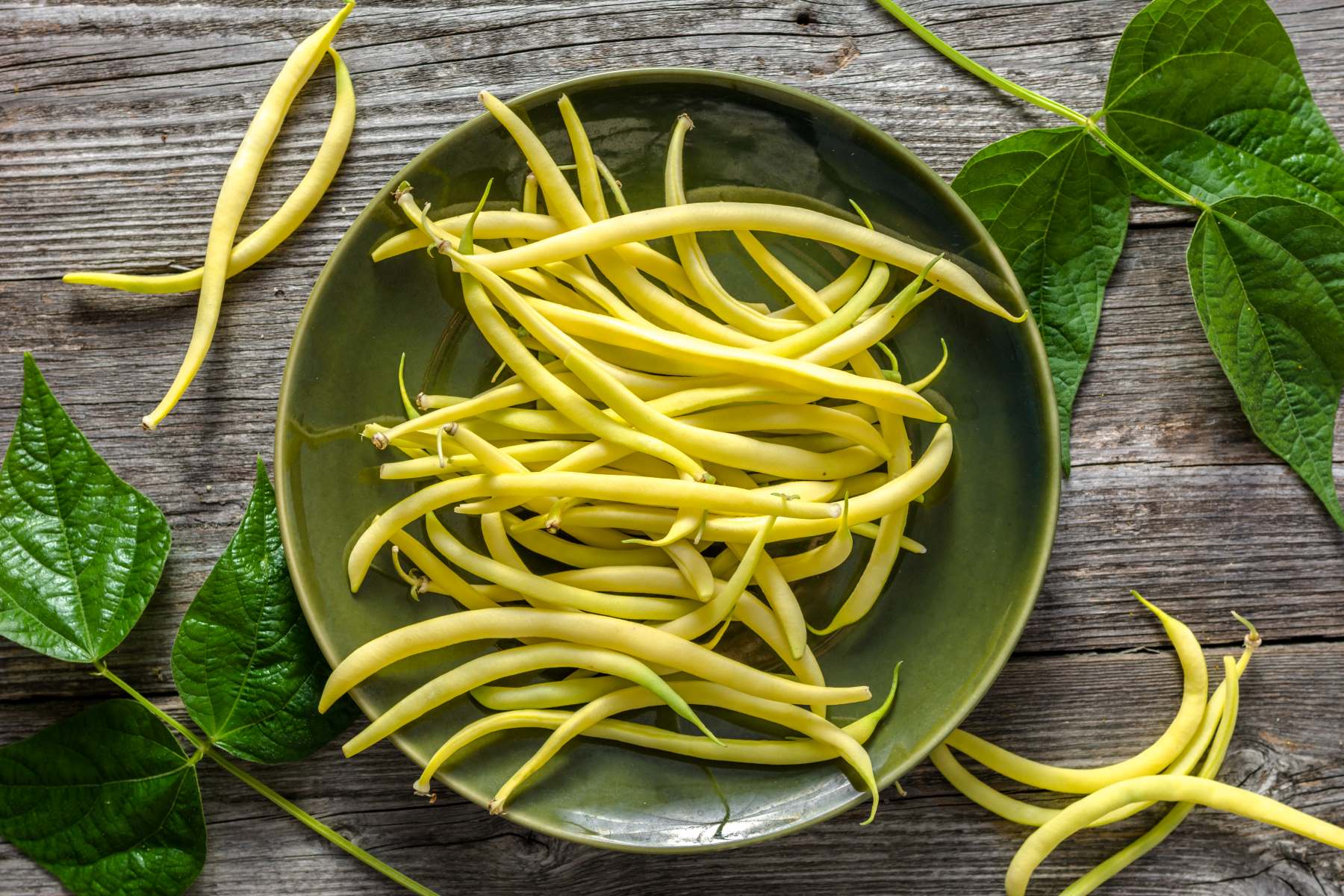Home>Food and Cooking>How To Store Radishes
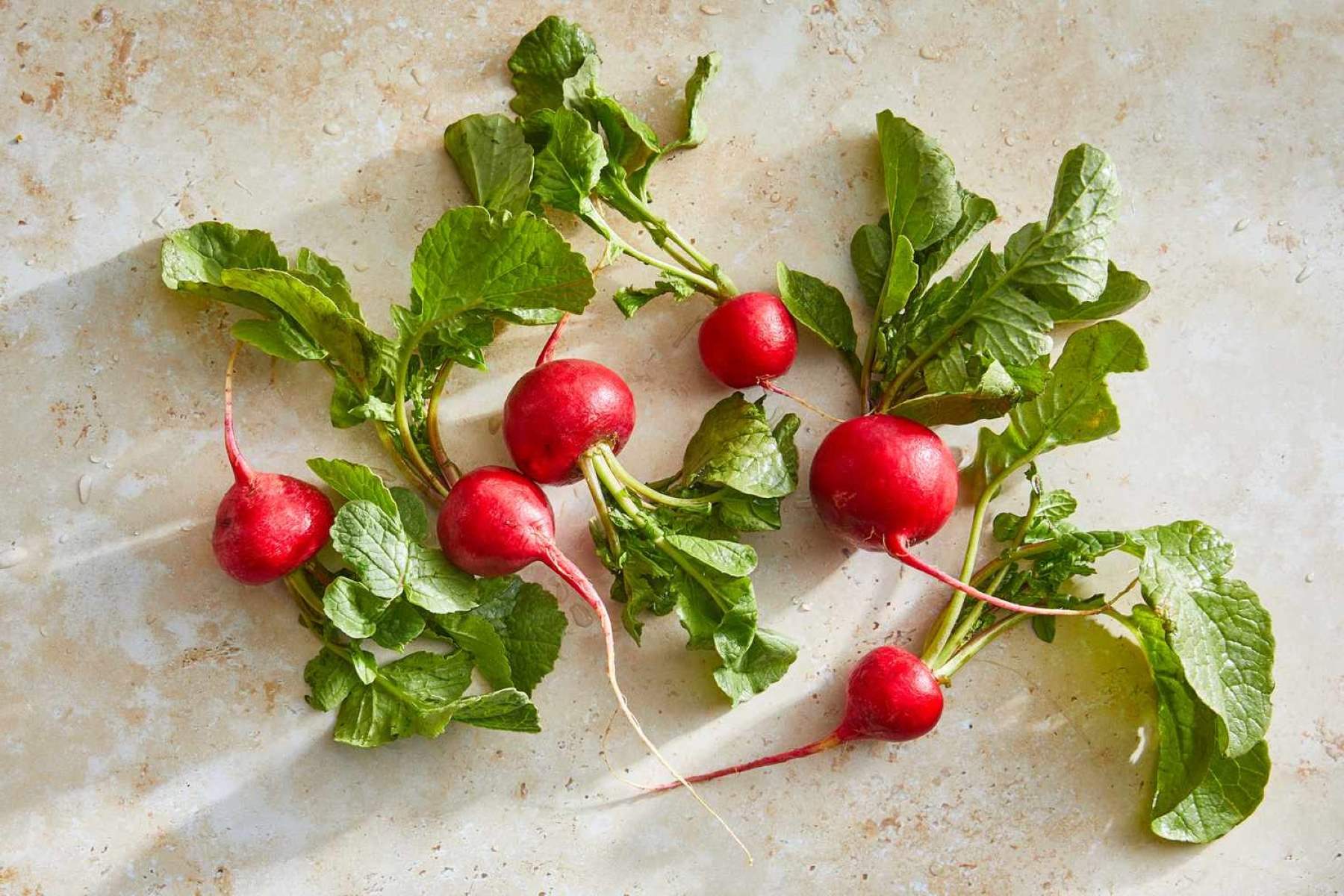

Food and Cooking
How To Store Radishes
Published: February 28, 2024
Learn the best methods for storing radishes to keep them fresh and flavorful. Discover expert tips for preserving radishes for longer shelf life. Ideal for food and cooking enthusiasts.
(Many of the links in this article redirect to a specific reviewed product. Your purchase of these products through affiliate links helps to generate commission for Regretless.com, at no extra cost. Learn more)
Table of Contents
Introduction
Radishes are vibrant, crunchy, and versatile root vegetables that add a delightful burst of flavor and color to a variety of dishes. Whether you enjoy them raw in salads, pickled for a tangy kick, or roasted to caramelized perfection, radishes are a delightful addition to any culinary repertoire. However, to fully savor their crisp texture and peppery taste, it's essential to store them properly.
In this comprehensive guide, we will explore the best methods for storing radishes to maintain their freshness and flavor for as long as possible. From selecting the finest radishes to preparing and storing them in the refrigerator, pantry, or freezer, we'll cover everything you need to know to keep your radishes at their prime.
So, whether you've just harvested a bountiful crop from your garden or picked up a bunch of these vibrant veggies from the market, join us as we delve into the art of preserving radishes to ensure that they remain crisp, flavorful, and ready to elevate your culinary creations.
Read more: How To Store Banana Bread
Choosing the Right Radishes
When it comes to selecting radishes for storage, it's essential to start with the freshest and highest quality produce. Look for radishes that are firm, plump, and free from blemishes or soft spots. The ideal radish should feel heavy for its size, indicating that it is packed with moisture and freshness. Additionally, opt for radishes with vibrant, unblemished greens, as these are a sign of recently harvested and healthy produce.
Consider the variety of radish as well. While the classic red globe radishes are popular, there are numerous other types, each with its own unique flavor profile and characteristics. For instance, French Breakfast radishes are elongated with a white tip and offer a slightly milder flavor, while watermelon radishes boast a stunning pink interior and a subtly sweet taste. By exploring different radish varieties, you can add a delightful array of flavors and colors to your culinary creations.
If you have the opportunity to source radishes from a local farmer's market or participate in a community-supported agriculture (CSA) program, you may encounter heirloom or specialty radish varieties that are not commonly found in supermarkets. Embracing these unique radishes can introduce you to a world of diverse flavors and textures, elevating your culinary experiences.
By carefully selecting the finest radishes, you set the stage for successful storage and enjoyable culinary adventures. Whether you opt for the classic red radishes or venture into the realm of specialty varieties, the key is to choose radishes that are fresh, vibrant, and brimming with potential.
Preparing Radishes for Storage
Before stashing your radishes away for safekeeping, it's crucial to prepare them properly to ensure their longevity and quality. Follow these simple steps to get your radishes ready for storage:
-
Trimming the Greens: Upon bringing your radishes home, start by removing the leafy greens from the roots. While the greens are edible and can be used in salads or sautéed as a flavorful side dish, they tend to draw moisture away from the roots, leading to wilting and deterioration. By separating the greens from the radishes, you can extend the shelf life of the roots.
-
Cleaning and Drying: After detaching the greens, gently rinse the radishes under cold water to remove any dirt or debris. Use a vegetable brush to scrub the skins lightly, if necessary. Once clean, pat the radishes dry with a clean kitchen towel or paper towels. Ensuring that the radishes are completely dry before storage helps prevent mold and decay.
-
Inspecting for Blemishes: Take a moment to inspect each radish for any signs of damage or blemishes. Discard any radishes that show soft spots, mold, or other imperfections, as these can quickly spread and compromise the entire batch.
-
Trimming the Roots: Trim the root ends of the radishes, if they are still attached. This step helps to create a clean, uniform appearance and removes any remaining soil or debris.
By following these simple yet essential steps, you can prepare your radishes for storage with confidence, knowing that they are clean, dry, and free from potential sources of deterioration. With your radishes primed and ready, it's time to explore the best storage methods to keep them fresh and delicious for as long as possible.
Storing Radishes in the Refrigerator
Once your radishes are prepped and ready for storage, the refrigerator becomes a key ally in preserving their freshness. The cool, slightly humid environment of the refrigerator helps to slow down the loss of moisture and maintain the crisp texture and peppery flavor of radishes. Here's how to store radishes in the refrigerator for optimal results:
-
Storage Container: Place the prepared radishes in a perforated plastic bag or a container with ventilation holes. These containers allow for air circulation, preventing moisture buildup that can lead to spoilage. Alternatively, you can wrap the radishes in a damp paper towel before placing them in a plastic bag to maintain a slightly humid environment.
-
Temperature and Placement: Store the radishes in the crisper drawer of the refrigerator, where the temperature and humidity levels are ideal for preserving fresh produce. Keep them away from ethylene-producing fruits such as apples, bananas, and tomatoes, as ethylene can accelerate the ripening and spoilage of radishes.
-
Optimal Shelf Life: When stored properly in the refrigerator, radishes can maintain their quality for up to two weeks. However, it's best to consume them as soon as possible for the ultimate crispness and flavor.
-
Utilizing the Greens: If you enjoy using radish greens in your culinary endeavors, consider storing them separately from the roots. Place the greens in a breathable bag or wrap them in a damp paper towel before refrigerating. This approach helps to preserve the greens' vitality and flavor, ensuring that they are ready to enhance your dishes when needed.
By following these simple guidelines, you can harness the refrigeration power to extend the shelf life of your radishes, keeping them fresh and delicious for an extended period. Whether you plan to incorporate them into salads, garnish your favorite dishes, or enjoy them as a crunchy snack, properly refrigerated radishes are poised to elevate your culinary creations with their vibrant flavor and satisfying crunch.
Storing Radishes in the Pantry
Storing radishes in the pantry can be a convenient option, especially if you have limited space in the refrigerator or prefer to keep certain produce items at room temperature. While radishes are typically associated with refrigeration, they can also be stored in the pantry under the right conditions to maintain their quality and flavor.
When opting to store radishes in the pantry, it's essential to consider the ambient temperature and humidity levels. The pantry should ideally be cool, dry, and well-ventilated to ensure that the radishes remain fresh and free from moisture-related issues.
Here's a simple yet effective method for storing radishes in the pantry:
-
Preparation: After cleaning and drying the radishes thoroughly, remove the leafy greens and trim the roots as previously described. Inspect each radish for any signs of damage or spoilage, ensuring that only the finest specimens are selected for storage.
-
Storage Container: Choose a breathable storage container such as a mesh bag, a wicker basket, or a paper bag. These containers allow for air circulation, preventing moisture buildup that can lead to the deterioration of the radishes. Avoid using plastic bags or airtight containers, as these can trap moisture and hasten spoilage.
-
Location: Find a suitable spot in the pantry that offers consistent coolness and minimal exposure to sunlight. Avoid placing the radishes near sources of heat or moisture, such as the stove, dishwasher, or sink. Additionally, keep them away from ethylene-producing fruits and vegetables, as these can accelerate the ripening and spoilage of the radishes.
-
Monitoring: Periodically check the radishes for any signs of softening, mold, or shriveling. Remove any radishes that show signs of deterioration to prevent the spread of spoilage to the remaining batch.
When stored in the pantry under the right conditions, radishes can maintain their quality for up to a week. It's important to consume them relatively quickly to enjoy their optimal crispness and flavor. If you anticipate that you won't be able to use them within this timeframe, consider transitioning them to the refrigerator for extended storage.
By following these guidelines, you can confidently store radishes in the pantry, ensuring that they remain fresh and ready to enhance your culinary creations with their vibrant taste and satisfying crunch.
Read more: How To Store Parsley
Storing Radishes in the Freezer
When it comes to preserving radishes for an extended period, the freezer can serve as a valuable ally. Freezing radishes allows you to lock in their freshness at the peak of their flavor, providing a convenient option for long-term storage. While freezing may alter the texture of radishes, it can be an excellent solution for preserving an abundant harvest or surplus produce. Here's a detailed guide on how to store radishes in the freezer effectively:
Preparation
Before freezing radishes, it's crucial to prepare them properly to maintain their quality during storage. Start by thoroughly cleaning and trimming the radishes, removing the leafy greens and any blemishes. After washing and drying the radishes, consider the desired form in which you intend to use them in the future. Radishes can be frozen whole, sliced, or diced, depending on your culinary preferences and intended applications.
Blanching
Blanching is a crucial step in preparing radishes for freezing, as it helps preserve their color, texture, and flavor. To blanch radishes, bring a pot of water to a boil and prepare a bowl of ice water. Submerge the radishes in the boiling water for a brief period, typically 2-3 minutes, then promptly transfer them to the ice water to halt the cooking process. Once cooled, thoroughly drain the radishes to remove excess moisture before proceeding to the next step.
Packaging
After blanching and draining, it's time to package the radishes for freezing. Place the prepared radishes in airtight freezer-safe containers or resealable plastic bags, ensuring to remove as much air as possible to minimize the risk of freezer burn. Label the containers with the date of freezing to keep track of their freshness. Properly packaged, blanched radishes can be stored in the freezer for up to 10-12 months without significant loss of quality.
Read more: How To Store Fresh Parsley
Usage
When you're ready to use the frozen radishes, there's no need to thaw them before incorporating them into cooked dishes such as soups, stews, or stir-fries. However, if you prefer to use them in raw preparations like salads, allow the radishes to thaw in the refrigerator before use. While freezing may slightly alter the texture of radishes, their flavor and nutritional value remain intact, making them a convenient addition to a variety of culinary creations.
By following these steps, you can confidently freeze radishes, ensuring that they remain available for your culinary endeavors long after their peak season. Whether you're preserving a surplus harvest or simply planning ahead, freezing radishes offers a practical solution for extending their shelf life and enjoying their vibrant flavor throughout the year.
Tips for Keeping Radishes Fresh
Ensuring the longevity of radishes involves more than just proper storage methods. Here are some valuable tips to help you maintain the freshness and quality of your radishes:
-
Utilize the Greens: Instead of discarding the leafy radish greens, consider incorporating them into your culinary repertoire. Radish greens are not only edible but also nutritious and flavorful. They can be used in salads, sautéed as a side dish, or blended into vibrant pesto. By making the most of the entire radish plant, you minimize waste and maximize the culinary potential of this versatile vegetable.
-
Revive Wilting Radishes: If you find that your radishes have lost some of their crispness, don't despair. Revive them by soaking them in ice water for a few hours. This simple technique can help rehydrate the radishes, restoring their crunch and revitalizing their texture. Once revived, they are ready to elevate your dishes with their renewed freshness.
-
Pickling for Prolonged Enjoyment: Pickling radishes is a fantastic way to extend their shelf life while infusing them with tangy, zesty flavors. Whether you opt for a quick refrigerator pickle or a traditional canning method, pickled radishes can be enjoyed for several weeks or even months. Their vibrant hues and bold flavors make them a delightful addition to sandwiches, tacos, and charcuterie boards.
-
Creative Culinary Applications: Experiment with different culinary techniques to showcase the versatility of radishes. From roasting and grilling to pickling and fermenting, radishes can be transformed into an array of delectable creations. Roasted radishes develop a caramelized sweetness, while grilled radishes take on a smoky charred flavor. Embracing these innovative approaches allows you to savor radishes in new and exciting ways.
-
Harvest at the Right Time: If you have the opportunity to grow radishes in your garden, timing the harvest is crucial for optimal freshness. Radishes are best harvested when they reach the appropriate size and have vibrant, taut skins. By harvesting them at the right time, you can enjoy the peak flavor and texture that radishes have to offer.
By incorporating these tips into your radish storage and culinary practices, you can elevate your experience with this vibrant root vegetable. From minimizing waste to exploring creative uses, these strategies empower you to make the most of radishes, ensuring that they remain fresh, flavorful, and a delightful addition to your culinary creations.
Conclusion
In conclusion, mastering the art of storing radishes is a rewarding endeavor that allows you to savor the crisp texture and peppery flavor of these vibrant root vegetables for an extended period. By carefully selecting the finest radishes, preparing them for storage, and utilizing the appropriate storage methods, you can ensure that they remain fresh, flavorful, and ready to enhance a diverse range of culinary creations.
Whether you opt for the classic red globe radishes or explore the myriad of specialty varieties, the key lies in choosing radishes that are firm, plump, and free from blemishes. Embracing the diverse flavors and textures offered by different radish varieties can add a delightful dimension to your culinary repertoire, enriching your culinary experiences.
Properly preparing radishes for storage by trimming the greens, cleaning, inspecting, and trimming the roots sets the stage for successful preservation. These essential steps ensure that the radishes are clean, dry, and free from potential sources of deterioration, laying the foundation for prolonged freshness.
When it comes to storage, the refrigerator, pantry, and freezer each offer unique advantages for preserving radishes. The refrigerator provides a cool, slightly humid environment that helps maintain the crisp texture and peppery flavor of radishes, extending their shelf life for up to two weeks. Storing radishes in the pantry, under the right conditions, offers a convenient alternative, especially when space in the refrigerator is limited. Freezing radishes allows you to lock in their freshness at the peak of their flavor, providing a practical solution for long-term storage.
Furthermore, incorporating valuable tips such as utilizing the greens, reviving wilting radishes, pickling for prolonged enjoyment, exploring creative culinary applications, and harvesting at the right time empowers you to make the most of radishes, minimizing waste, and maximizing their culinary potential.
In essence, the journey of storing radishes transcends mere preservation; it is a celebration of their versatility, flavors, and culinary possibilities. Whether you're a home gardener, a culinary enthusiast, or simply someone who appreciates the vibrant charm of radishes, the knowledge and techniques shared in this guide equip you to savor these delightful root vegetables to the fullest. So, as you embark on your culinary adventures, may your radishes remain fresh, vibrant, and ready to elevate your dishes with their unmistakable crunch and peppery zing.
